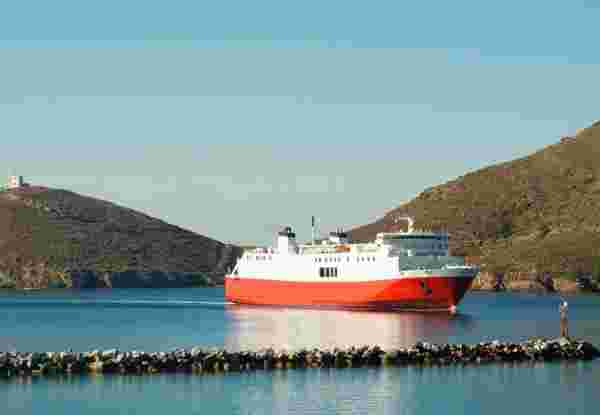Dragon lakes of Greece

Some of the best known and beautiful are Timphy, Smolika, Gistova, Fleges and Verlinga and they all share the same mystical aura.

Astraka Dragon Lake Photo Credit: dementia_inc
It’s hard to say if it is the scenery, the absence of trees and bushes around them – alpine height makes it hard for anything to grow – the absolute silence, its contrast with the magnificent views the altitude offers, or the unique light that shines on the weather-tempered rocks on a sunny day that make these places so fascinating. Maybe it is a combination of all these, as the bluest of skies reflects in the serene calm lake waters with a cold mountain light brightening everything up and the fact that everything is quiet – as you need a few hours hiking to get to them – that amplifies the mesmerizing effect of the place.
Myths for the Greek Dragon Lakes
Some say that they are called “Drakolimnes” because of the myth about their creation. According to it, back in a mythical time, two huge dragons – one black and one white – were living on each of two mountain tops, Tympfi and Smolikas. The dragons started fighting by throwing enormous rocks against each other and that’s how not only the lakes were made – at Tymfi and Smolikas peaks where the two most wonderful of the dragon lakes exist – but the dramatic rocky scenery around these mountains too. As a result the lakes were named Dragon Lakes. The story also “explains” how Tymfi Dragon Lake is black-colored with scattered white stones and the Smolikas Dragon Lake is white with black scattered stones. Oh, in case you want to know who won, the locals around Smolikas say that their dragon finally won by tricking his opponent; instead of throwing rocks he threw salt balls that killed Mt. Tymfi’s dragon.
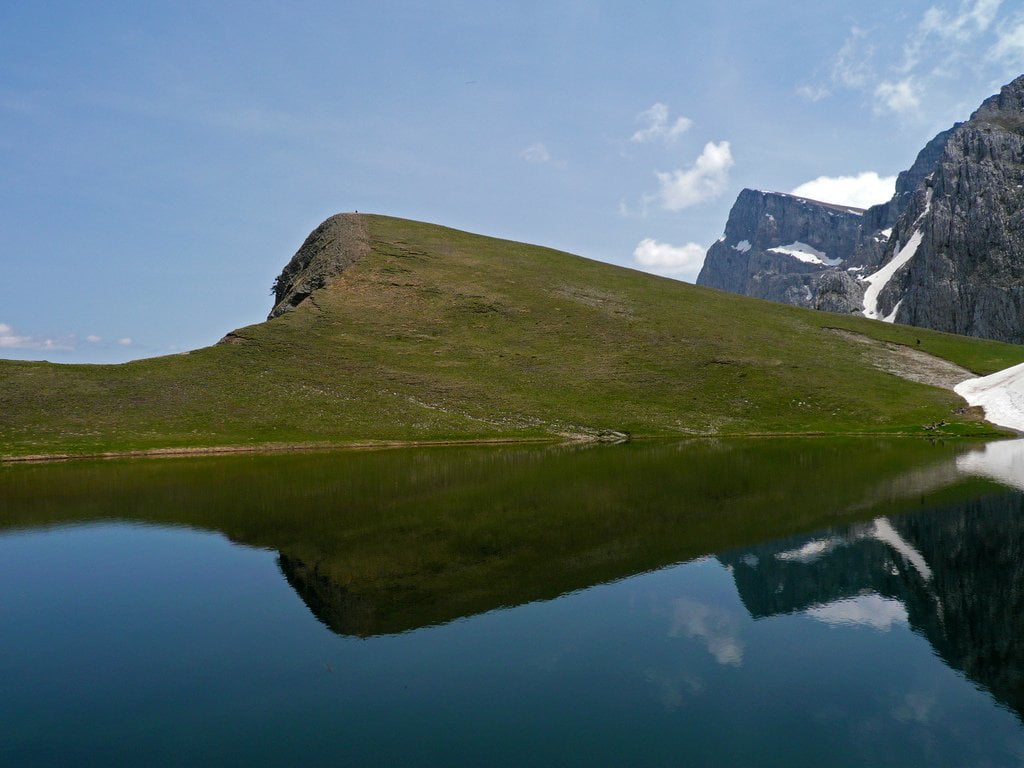
Tymfi Dragon Lake Photo Credit: dementia_inc
Some people believed that the only living creatures in them, the small amphibians called Tritons, are scaled-down descendants of these dragons. Of course these are just “Ichthyosaura alpestris”, a small (about 12cm long) type of salamander, with funny dragon-like shape, which move like crocodiles when swimming in the water.
But, in such enchanted scenery, even a mermaid riding a unicorn would seem more credible than the scientific truth: that they are just cavities created in the Ice Age by the movement of huge glaciers, giving birth to rare ecosystems.
So let’s get back to their myths. According to the next most widespread local myth, every time a rock was thrown by a dragon into the Tymphi Lake, out came a black ram. The ones falling in Smolikas Lake would produce white sheep. When they mated the place got filled with multicolored sheep. And then suddenly they all fell into the lakes and got drowned.
In another version –probably created by shepherds that have been driving their livestock up there for centuries – around 200 white sheep were grazing in the grass around the Tymphi Lake, when the black ram appeared out of the water in the middle of the lake and mated with them all. A few months later the sheep gave birth to hundreds more black and white sheep and their shepherds took them to the same lake to water them. But the same ram emerged, he bellowed at them and they all fell in the water and got drowned trying to reach him.
A more verisimilar myth mentions a Turkish ruler ordering the best swimmer of Preveza city to dive in the Tymphi Lake to find out what is going on in it and report it. He got in, swam to the center and after diving down to survey the bottom, he magically disappeared for more than 10 minutes. When he resurfaced he got back to dry land and told the Turk ruler something that made him issue an order that forbade it for everybody to enter the lake. Local shepherds believed until some decades ago that if you go near the center of the lake you will disappear and the lake will somehow swallow you.
A relevant myth says that the famous Pasha of Ioannina city, Ali, climbed up to the lake with a small army of men, to find out about the mysteries of the lake, but the spirit of the lake got angry and called for a terrible hail storm, that drove them away, frightened to death.
Smolikas Dragon Lake Myth
The Smolika’s myth is grimmer. This dragon lake was believed to be haunted in old times. According to the myth the lake was five times bigger but one night a great explosion was heard that made the water overflow down the slope, drowning half of the nearby Kerasovo village. Others still say that the lake has chests full of gold coins sitting at its bottom, hidden there since the civil war.
Gistova’s Dragon Lake Myth
As for Gistova’s Dragon Lake the locals say that a good-natured dragon created it with the tears he shed when they exiled him from the nearby village of Grammos.
Flenga’s Dragon Lake Myth
Flenga’s myth involves ancient Greeks. Makedonas, the son of Zeus, had three sons – one of which was Pindus. The other two brothers envied Pindus and planned to kill him, but he found out and escaped to the mountains, where he lived off by hunting. There he became friends with the dragon Lygos. But his brothers ambushed him and killed him and the dragon’s tears formed the twin lakes.
Verlinga’s Dragon Lake Myth
The Verlinga or Vringa lake dragon was a serpent-like creature, evil and sneaky, lurking unseen and jumping out of the water surface to grab an unsuspecting traveler and take him down to the depths to devour him.
And now some more real data:
Tymfi Dragon Lake
Located 2,050 meters up Mt. Tymfi, between the Aoos River and the Voidomatis, in the reserve area of the North Pindus Range of the Gamila crest (Tymfi’s highest peak).
Smolikas Dragon Lake
It is 2,200 meters up Greece’s second highest mountain, Smolikas. It is 2,000-4,000 square meters in size and is very deep. The heart-shaped lake has a deep blue color.
Gistova Dragon Lake
Greece’s largest alpine lake is at 2,350 meters altitude and is near the border with Albania.
Flenga Dragon Lakes
The twin lakes are located at Mt. Mavrovouni’s subalpine zone at a height of around 1,940-1,960 meters. Spring waters at a higher level flow into the lakes.
Verlinga or Vringa Dragon Lake
The swirly lake, near the village of Aspropotamos, is at an altitude of 2,050 meters and covers an area of 10,000 square meters. It is formed by the ten serpentine waterways that are the sources of the Acheloos River.
Cover Photo Credit: dementia_inc
Feeling Ready?
From our blog
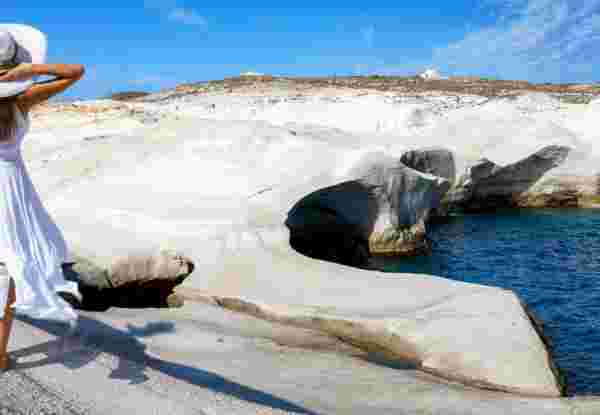
Romantic things to do in Greece: A couple’s guide
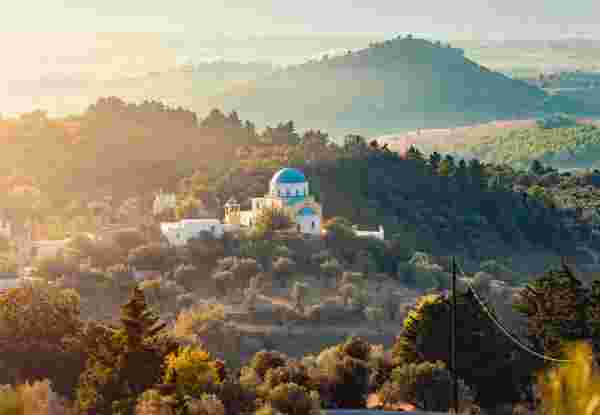
Weather in Greece in November
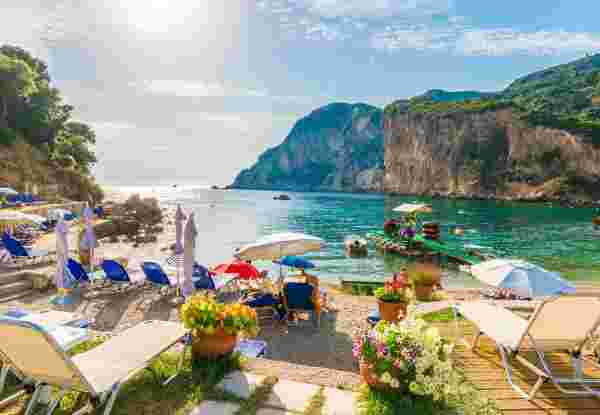
Weather in Greece in October: Your Ultimate Guide
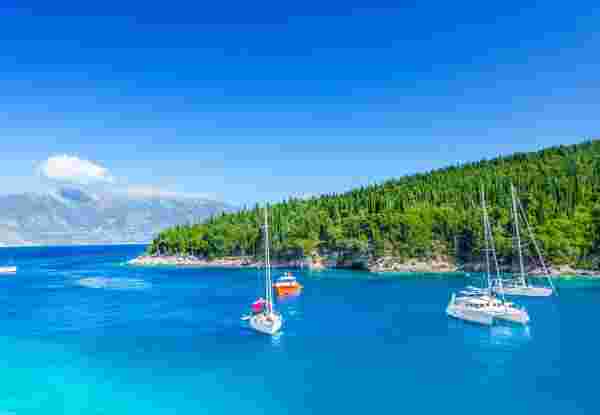
Best Greek Island for teenage families to explore this summer
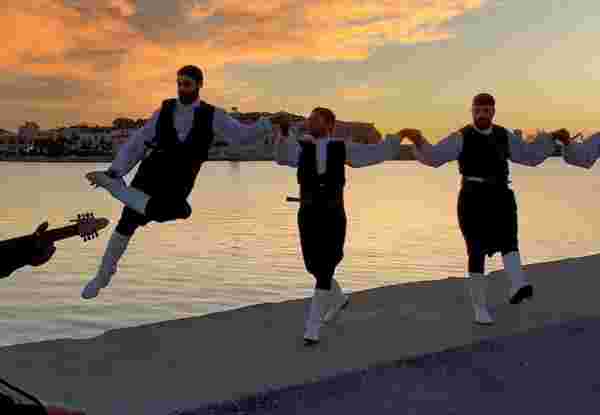
What to See in Greece: Ultimate Travel Guide

The Ultimate Guide to Greece Family Vacation
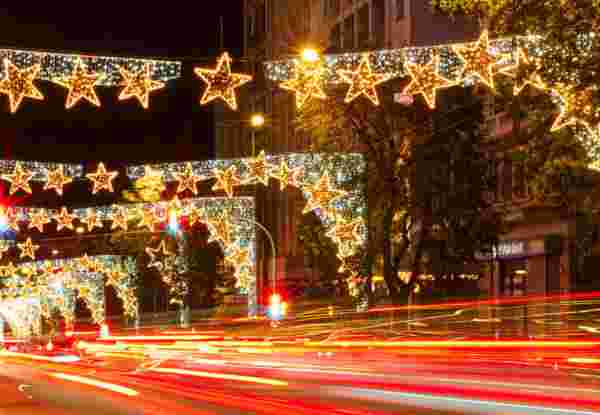
Visiting Greece in December: Complete Travel Guide

Best Resorts in Greece for Families: Your Ultimate 2024 Guide
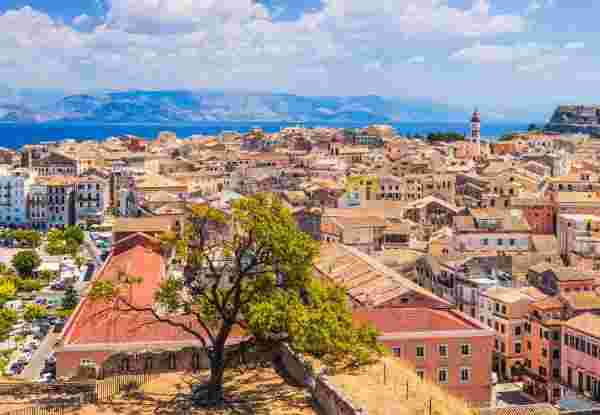
Weather in Greece in September: Ultimate Travel Guide
